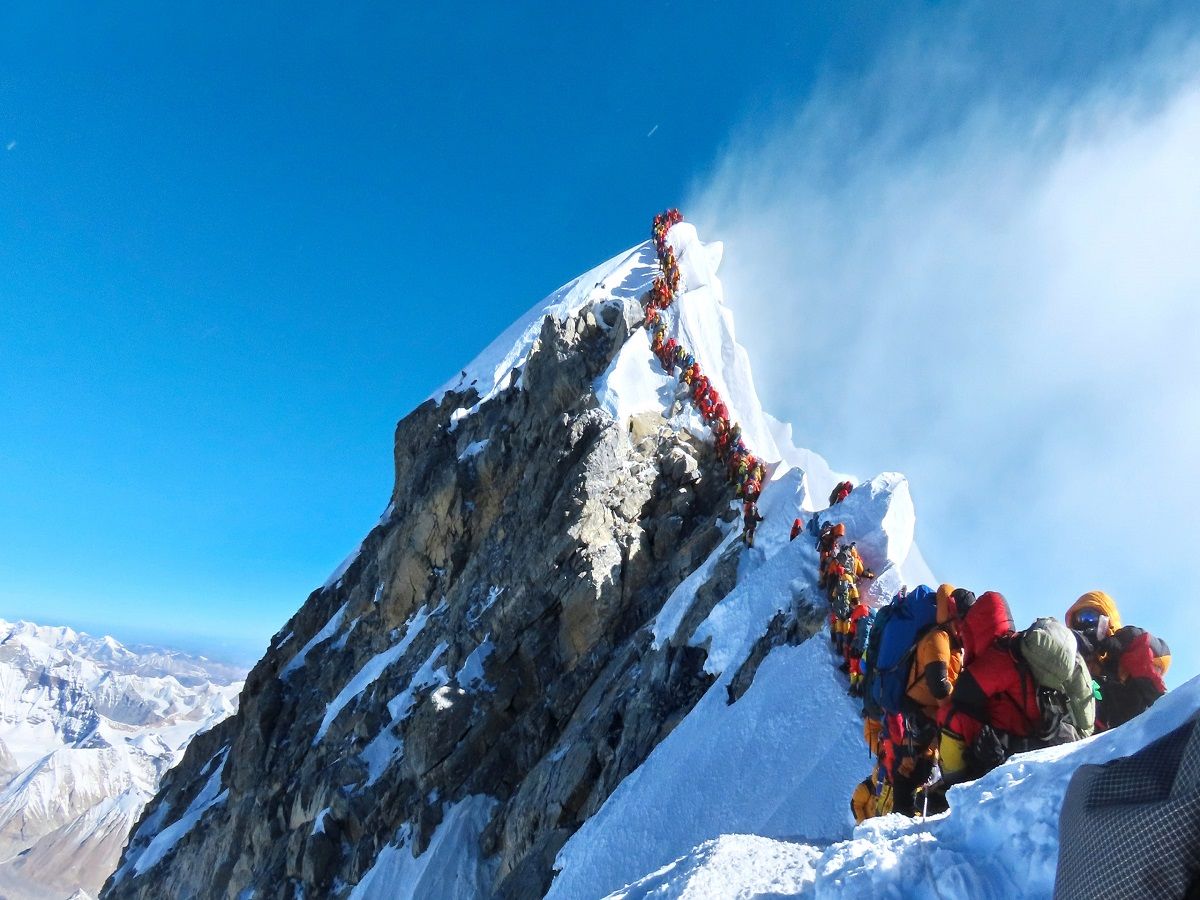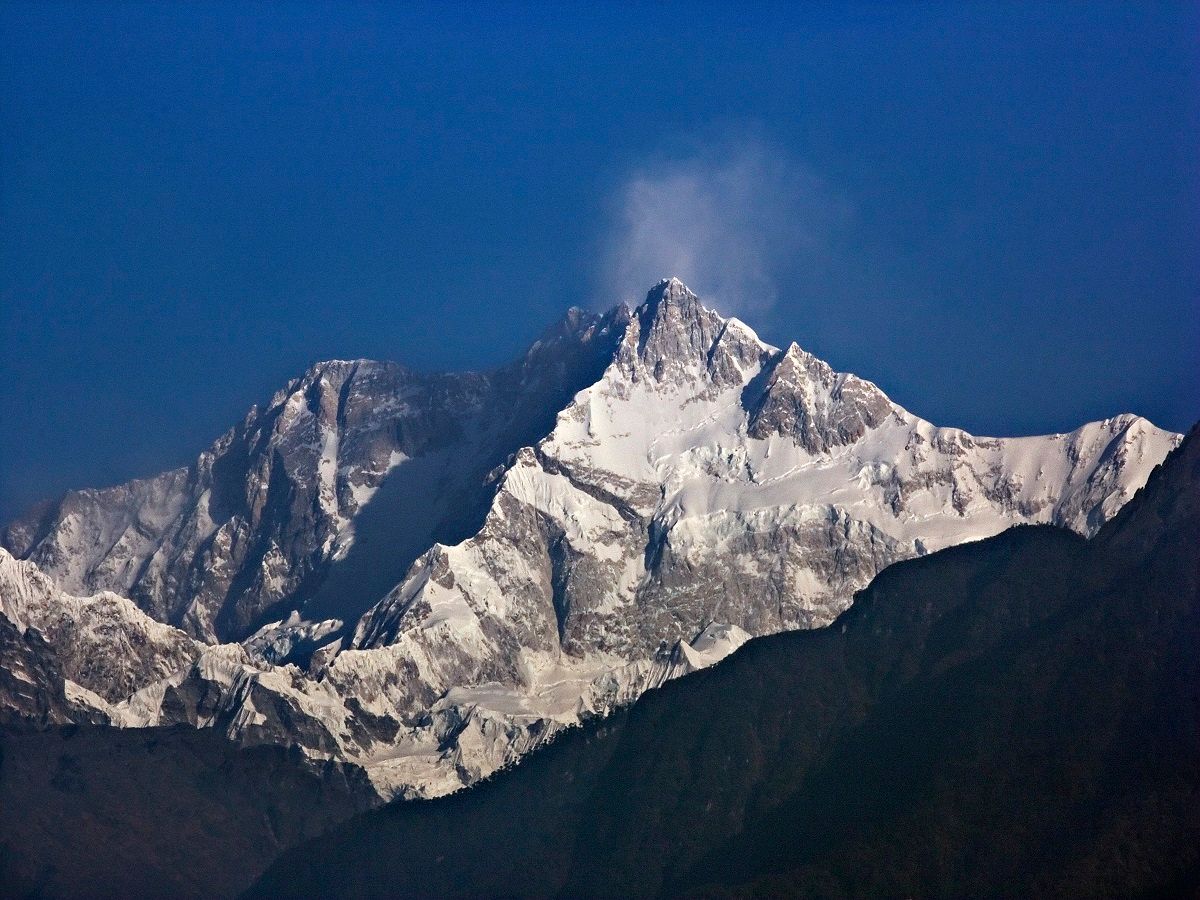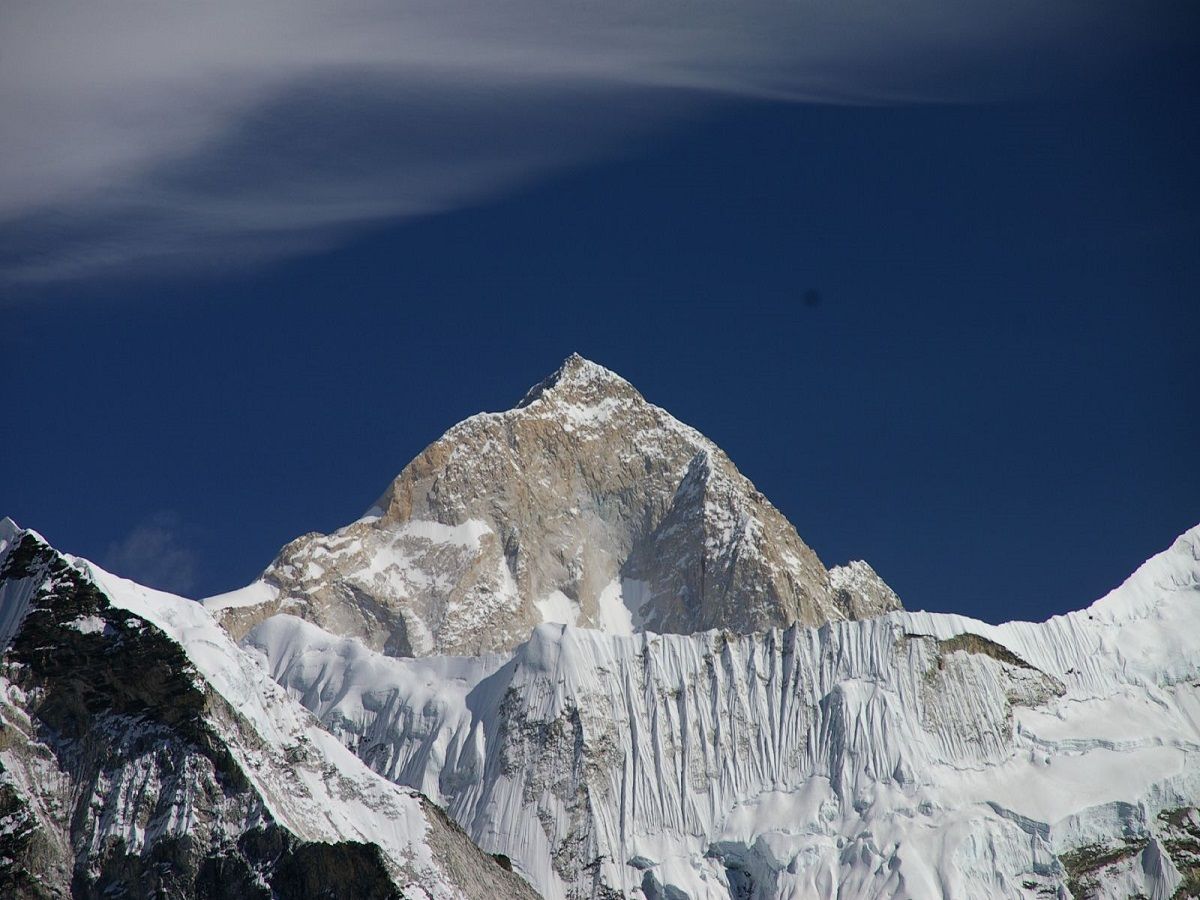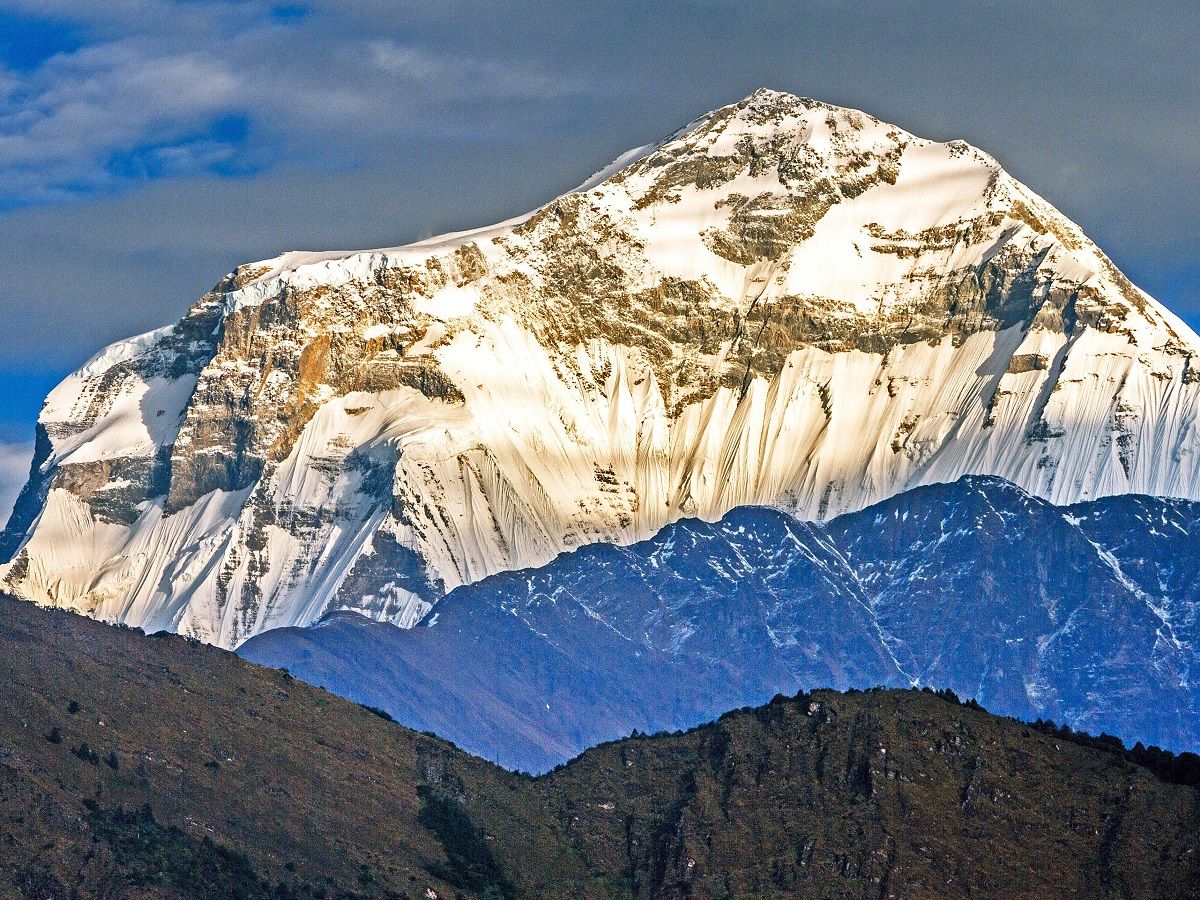The world’s tallest peak is Mount Everest. It’s very popular. A tall, pointy thing in Nepal’s Himalayas. It stands at 8,848 m. This is a genuinely high mountain. You all know of Mount Everest. Also, most people know that the world’s second-highest mountain is K2. But very few people know that Kangchenjunga is the third highest mountain in the world. Or just how to spell it. It’s not as easy as ‘K2’ at all, for instance. So how many of the world’s tallest mountains do you really know?
Mount Everest

Mount Everest was first ascended in 1953 by Sir Edmund Hillary and Tenzing Norgay and is, of course, the tallest peak in the world. Everest has lately come under a lot of pressure. A major controversy over overcrowding on Everest has been opened up by photos showing huge queues near the summit. However, one thing is for sure, the intrinsic appeal of Mount Everest won’t quickly go anywhere. Like moths to a blaze, mankind is attracted to the mountain. As well as those looking to take the path from Everest Base Camp to the summit, it is also incredibly common to trek to Everest Base Camp itself. It has actually become one of the most popular multi-day treks in the world.
K2, Karakoram

The world’s second tallest mountain is K2. The mountain took its name from the notation used by British India’s Great Trigonometrical Survey. There wasn’t an obvious local name for the mountain at the moment, and so it stuck. K2 is called the Savage Mountain, which is cool in a mildly Point Break, over-the-top intense kind of way. However, it is apt, too. Usually, the mountain is considered to be one of the world’s hardest mountains to ascend, famously tougher than Mount Everest. In fact, of all mountains over 8000 m, K2 has the second-highest fatality rate per summit attempt, with around 300 active summits and 77 deaths. The highest fatality rate is that of Annapurna I in Nepal, the tenth highest mountain in the world (spoiler alert). However, unlike Annapurna, K2 has never been hit in winter.
Kangchenjunga

Kangchenjunga is the world’s third-highest peak. It can be found in India between Nepal and Sikkim, with three of the boundary peaks and the other two in Nepal’s Taplejung District. Until 1852, Kangchenjunga was actually believed to be the world’s tallest peak. This wasn’t because Mount Everest wasn’t exposed to people, but because their estimates were incorrect. It was discovered after more homework by the Great Trigonometrical Survey of India that Kangchenjunga was actually the third highest mountain in the world, and children around the world breathed a sigh of relief that now they must mainly hear about Mount Everest, a mountain that is much easier to pronounce and spell.
Lhotse

Lhotse, mainly because of its proximity to Mount Everest, is one of the most prominent mountains on every list of the top 10 highest mountains in the world. From Everest Base Camp, the path up Lhotse is the same as that up Mount Everest before you cross Camp 3 and then depart from the Lhotse Face to the Reiss Couloir, from where the Lhotse peak is reached. Lhotse is much like Mount Everest’s overlooked younger brother. Although Lhotse, while always considered more visually pleasing, is considerably less noisy, Everest gets all the coverage. Though Lhotse’s main summit was first climbed in 1956, for decades the Lhotse Middle actually remained the highest unclimbed, called point on Earth. It was finally first explored and scaled by a Russian expedition in 2011.
Makalu

In the Everest Massif in Nepal, Makalu is the third of the four 8000m-high mountains. It was first climbed in 1955 by a French expedition headed by Jean Franco. Their climb was most noteworthy for the fact that on the trek, a full ten members of the expedition party topped the peak. In those days, only one or two of each team’s climbers usually hit the top of the mountain on an expedition, so it was a big deal at the moment, and generally, it’s just pretty cool, isn’t it? On 15 May 1955, the first two peaked, then four more went up the next day, then four more went up the day after that. Just really healthy mountain climbing, actually.
Dhaulagiri

At 8167 m, the Dhaulagiri in Nepal is the world’s seventh-highest peak, and one of the lot’s most aesthetically beautiful mountains. The Dhaulagiri was first climbed on 13 May 1960. On the famous Annapurna Circuit, with Annapurna I just 34 km away and the Dhaulagiri a frequent feature on the skyline when trekking Annapurna, it may be better known for its transparency. The mountains are separated by the deepest gorge in the world, the Kaligandaki Gorge.



























